Best Hysterectomy, Garbhashay Treatment In India
Related By Gynaecology
This article describes hysterectomy (uterus removal surgery) from beginning to end, including the needs, kinds, causes, symptoms, treatment, cost, dangers, problems, finest physicians, and the most sophisticated hysterectomy surgery methods available in India. So, if you want to read about anything, simply click on the index tab, which will take you to that subject. The total abdominal hysterectomy cost of this treatment is around Rs. 45,000, to Rs. 60,000 by ace medicare .
| # | {packageDetails.name} Treatment Cost | Average Price | Price |
|---|---|---|---|
| 1 | How much does a surgery cost in India? | 55000.00 | 45000.00 - 60000.00 |
Package Details
About how is a hysterectomy done ?
The womb is surgically removed during a hysterectomy (uterus operation). After the procedure, you won't be able to become pregnant again.
Regardless of your age, if you haven't previously experienced menopause, you won't have periods anymore.
Women between 40 to 50 are more likely to experience it.
I require a hysterectomy; why?
Treatment for medical conditions that impact the female reproductive system includes hysterectomies.
These consist of:
- Hefty stretches
- Persistent pelvic discomfort
- Cancer of the fallopian tubes, ovarian cancer, womb cancer, cervical cancer, or benign tumours (fibroids)
- A cesarean hysterectomy is a significant procedure with a protracted recovery period that is only considered if less invasive options have been exhausted.
Learn why a hysterectomy is necessary.
Things to think about
In addition to having your womb removed during a hysterectomy, you could also have to choose whether to have your cervix or ovaries removed.
The majority of the time, your choice will be influenced by your personal preferences, medical history, and any advice your doctor may have.
Learn what to think about before getting a hysterectomy.
hysterectomy techniques :
There are numerous hysterectomy procedures. Depending on why you require the procedure and how much of your womb and associated reproductive system can be safely preserved, you may have one of several types.
Primary hysterectomy procedures include:
The most frequently performed procedure is a total hysterectomy, which involves removing both the womb and the cervix (neck of the womb).
Subtotal hysterectomy: the cervix is left in place after the womb's main body is removed.
Bilateral salpingo-oophorectomy and total cesarean hysterectomy involve the removal of the womb, cervix, fallopian tubes, and ovaries.
During a radical cesarean hysterectomy, the womb and its surrounding tissues are removed, along with the ovaries, fallopian tubes, part of the vagina, and fatty tissue.
A hysterectomy can be performed in one of three ways:
- laparoscopic Small cuts are made in the abdomen during a hysterectomy (keyhole surgery), and the womb is removed through a vaginal incision.
- Abdominal hysterectomy: the removal of the womb through a cut in the lower abdomen. Vaginal cesarean hysterectomy: the removal of the womb through a cut in the top of the vagina
- Learn about hysterectomy procedures.
risks associated with a uterus removal
There is a slight possibility of difficulties, such as:
a severe reaction to the general anaesthetic heavy bleeding an infection or damage to your bladder or bowel
Learn more about the risks associated with uterus removal.
after a hysterectomy recovery
A uterus removalis a significant procedure. Following surgery, you may stay in the hospital for up to 5 days, and it may take you 6 to 8 weeks to fully recover.
Additionally, recovery times can differ based on the type of uterus removal.
During this period, try to get as much rest as you can and avoid lifting anything heavy, including shopping bags. Your abdominal muscles and tissues need time to recover.
Find out more about uterus removalrecovery.
women's reproductive organs
The following parts make up the female reproductive system:
- A baby grows in the womb (uterus), a pear-shaped organ in the centre of your pelvis; the lining of the womb is lost during menstruation.
- The cervix is the neck of the womb, not a distinct vagina; it is the place where the womb joins the vagina. a muscular tube that lies below the cervix.
- The womb and ovaries are connected by tubes called fallopian tubes.
- Each month, the ovaries, which are tiny organs by the fallopian tubes, release an egg.
Why it's required ?
A hysterectomy (uterus removal)is a major procedure for a woman and is only suggested after all other therapeutic options have failed.
The most frequent causes of hysterectomy are as follows:
Heavy menstrual bleeding, which can be brought on by fibroids, pelvic pain, which can be brought on by endometriosis, pelvic inflammatory disease (PID) that has not responded to treatment, adenomyosis, or fibroids, prolapse of the uterus, and cancer of the womb, ovaries, or cervix
Considerations
- In addition to having your womb removed during a uterus removal, you could also have to choose between having your cervix or ovaries removed.
These choices are typically made in light of:
- your medical background
- the advice of your physician
- your individual sentiment
- You must be knowledgeable about the various uterus removal procedures and what they mean.
Complications
As with any surgical procedure, complications after a hysterectomy (uterus removal)are possible.
Some of the potential issues include:
- Problems from general anaesthesia
- Damaging bleeding ureters
- Harm to the bladder or bowel infection
- Cots of blood
- Genital issues
- Early menopause due to ovarian failure
How it is carried out
There are numerous hysterectomy procedures. The procedure you receive will be determined by the need for surgery and how much of your reproductive system can be safely preserved.
The primary hysterectomy types are discussed here.
- A uterus removal total
- Complete hysterectomy
- Bilateral salpingo-oophorectomy together with total hysterectomy garbhashay
- Bilateral salpingo-oophorectomy is part of a total hysterectomy garbhashay t
- Complete hysterectomy
- The body of your womb and cervix are taken out during the surgery, along with:
- Your fallopian tubes are your ovaries, lymph nodes, fatty tissue, and part of your vagina.
- Carrying out a hysterectomy (uterus removal)
- A hysterectomy can be carried out in one of three methods for uterus removal.
Which are:
- Transvaginal hysterectomy
- The vaginal, abdominal, and hysterectomy
- The procedure is laparoscopic.
- Keyhole surgery is another name for laparoscopic surgery.
Vasectomy hysterectomy
- With a general anaesthetic, you won't remember anything about the surgery.
- You will be awake during a local anaesthetic, but the area will be numb and pain-free.
- With a spinal anaesthetic, your entire body will be paralysed.
- Due to its less intrusive nature and shorter hospital stay, a vaginal hysterectomy is typically recommended over an abdominal one. Additionally, recovery times are frequently shorter.
Body-part hysterectomy
- Your abdomen will be cut open during an abdominal hysterectomy (uterus removal). It will either be made vertically from your belly button to your bikini line or horizontally along your bikini line.
- The incision is stitched up after your womb is removed. A general anaesthetic is used during the operation, which takes roughly an hour to complete.If your womb is enlarged by fibroids or pelvic tumours and it cannot be removed through your vagina, an abdominal hysterectomy may be advised.
- If your ovaries need to be removed, it might also be advised.
Being prepared
- It's crucial to be as healthy and fit as possible if you require a uterus removal.
- Prior to surgery, maintaining good health will lower your chance of complications and hasten your recovery.
- As soon as you are aware that you will undergo a uterus removal:
- Quit smoking.
- If you're overweight, eat a nutritious, balanced diet, exercise frequently, and reduce weight.
How much does a surgery cost in India?
The cost of surgery varies across the country. can range from around Rs. 45,000, to Rs. 60,000 .

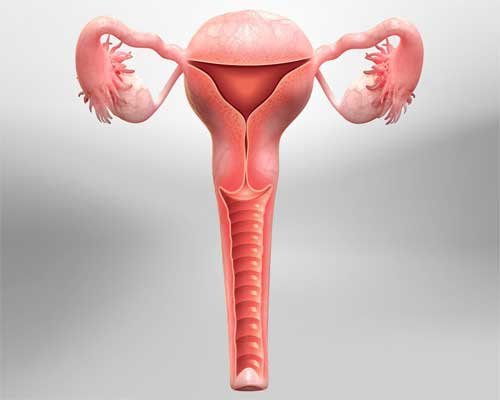

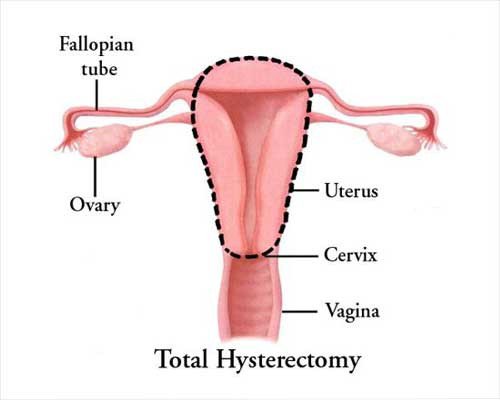
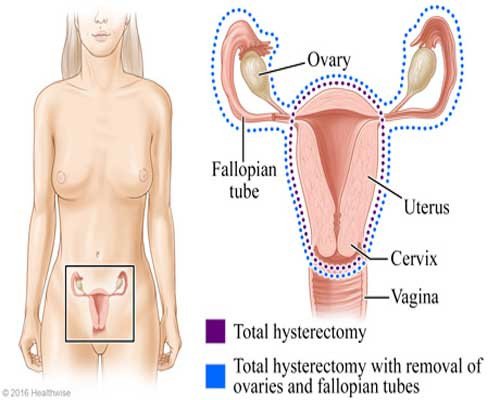


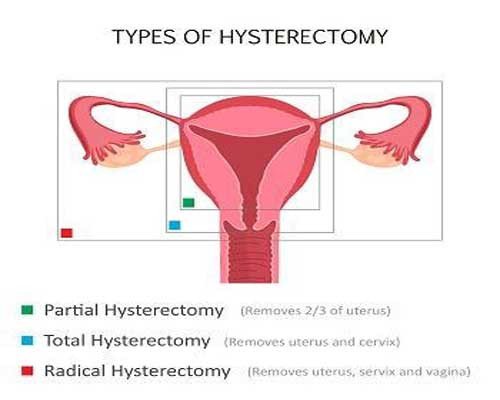











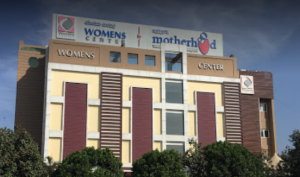


.jpg)









